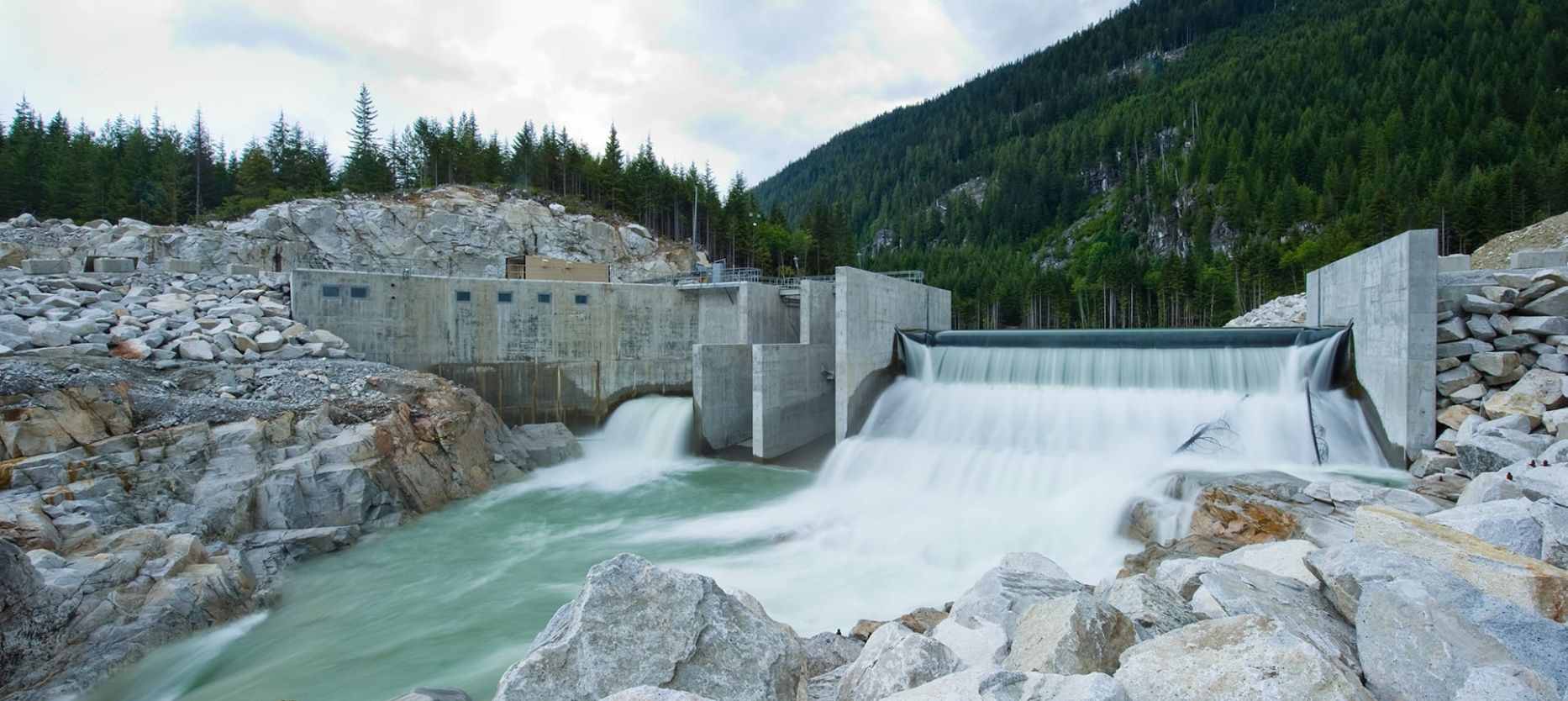In 2018, Canada was the third largest producer of hydroelectricity in the world and moving water is by far the most important renewable energy source in Canada. Hydro plants are found in nine of its ten provinces, and while a lot of it is sold cheaply to Canadians, several provinces export a much larger percentage than they consume. Québec exports hydroelectricity to Vermont, Massachusetts, and New York, in addition to selling it to other provinces.
WaterPower Canada (WPC) is the national, not-for-profit trade association dedicated to representing the waterpower industry. Together, its members provide more than 60% of Canada’s electricity making it the second largest hydro power generator in the world, and ensuring the Country’s electricity grid is one of the cleanest globally.



